This story involves betrayal and friends turning on each other after a set up during a money collection resulted in a big loss for a County Lines gang.
The intricate details which have been revealed like never before due to Encrochat messages intercepted by the police.
It all started when masked men armed with crowbars jumping from a car and smashing the windows of a van waiting at traffic lights before snatching a bag from the passenger and fleeing.
This was in the centre of Swansea on a Friday morning last year.
The hours and days after the theft of the bag led to the gang trying to find the robbers, but at the same time so were police.
Armed police were carrying out a series of raids at addresses in the city, those to whom the bag belonged were planning to send Albanian gangsters to find those responsible and to get it back “by any means necessary”.
This information was gathered from Encrochat mesaages.
Inside the stolen bag was £106,000 in cash which members of a London-based organised crime group had just collected after dropping off a consignment of cocaine in Swansea.
And equally as worrying for the dealers, hidden inside a secret compartment in that van – a van the police now had possession of was another £81,000 cash and more than a 1kg of coke.
The dealers desperately wanted the vehicle back before police found what was inside.
While the robbers had got clean away with the loot, they had made one crucial mistake which would lead police to discovering a £2m drug dealing trafficking operation that was shipping huge quantities of high-purity coke from London to Wales.
Operation Tilbury gives a fascinating insight into how organised crime groups or OCGs operate – and how police can take them down.
The Transporter
Early on the morning of May 28 last year a van left London and headed for south Wales.
It was a white VW Caddy, the kind of van you probably see a dozen times of day being driven by tradespeople and delivery drivers.
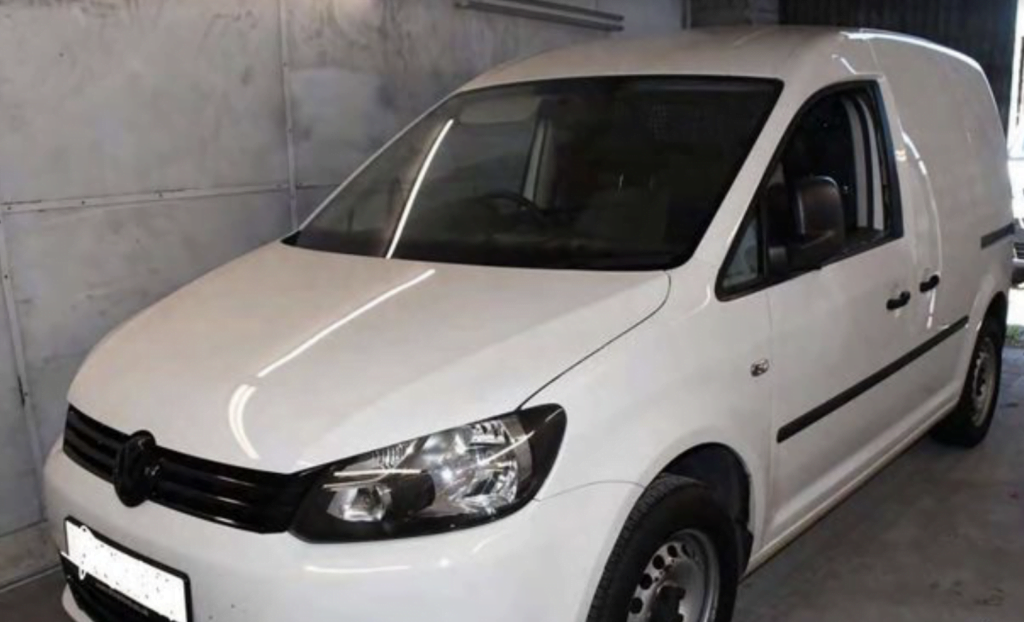
The kind of van you see a dozen times a day without really seeing it.
It was hidden in plain sight.
At the wheel of the VW was 37-year-old Alex Shields, a man who had once run a thriving clothes company and was said to have a “flair for design”.
Originally from Newport he had latterly been living in Essex where he worked in a fishing tackle and bait supply business.
He was also a drugs courier for an OCG, and in the back of the van were kilos of high-purity cocaine.
An “order” for 3kg of cocaine had been confirmed the previous evening over EncroChat from the head of the Swansea side of the operation, Dale Martin, with a simple message reading:
“3 to Swansea”.
The Swansea dealer also made the scale of the operation in the city clear to those in London he was buying from, boasting that “I can do 5 a week”.
Aside from the three kilos of Class A in the van for Swansea, there were two kilos which were destined for dealers in the Pontypridd area, and a further kilo which was earmarked for Leeds.
It was a big operation.
The Caddy made its way down the M4, and by 8am was taking a detour south near Bristol to pick up Nicholas Bailey, one of the two men running the London end of the operation.
Police didn’t know exactly where Bailey was waiting for his lift but the postcode used matches the Gordano motorway services on the M5.
At 9.45am the Caddy was in Taffs Well north of Cardiff, and shortly afterwards dropped off a consignment of cocaine at an industrial unit near Pontypridd where £81,000 cash was collected.
The next stop on the delivery route was Swansea.
This was not the first time Shields had made the run to Wales.
In the previous fortnight alone he had made no fewer than five trips from the Essex and London area to south Wales, carrying an estimated 25kg of the Class A drug.
It was risky job to have during Covid lockdown when there were fewer vehicles on the road and police were making checks on movements, and it showed the level of trust those higher up in the supply chain must have had in him.
By 10.45am the Caddy was heading into Swansea on Fabian Way, and was soon at a house in Tegid Road in Mayhill – the house belonged to a relative of Martin.
Wood and Bailey delivered the 3kg of cocaine and collected their £106,000 payment, and then began the long journey to their next drop-off in Leeds.
So far so good.
But their onward trip was to be a short one, a journey which would end suddenly just over a mile away.
The pair drove down Townhill Road and Gors Avenue and then onto Carmarthen Road where they stopped at the traffic lights at Dyfatty.
Also heading into the city centre along Carmarthen Road at that time was an ambulance, and as the crew exited the Cwmbwrla roundabout and went under the railway bridge they saw a black Ford Mondeo perform a U-turn in the road ahead of them and speed off towards town.
Unbeknown to the paramedics at the time, they had just seen a group of robbers preparing to strike.
Moments later the Ford pulled in front of the stationary Caddy at the traffic lights blocking its escape.
Two masked men jumped from the Mondeo and smashed the windows of the van with crowbars.
They snatched the bag Bailey was clutching along with the keys from the ignition, jumped back into their getaway car, and sped off. The incident was over in seconds.
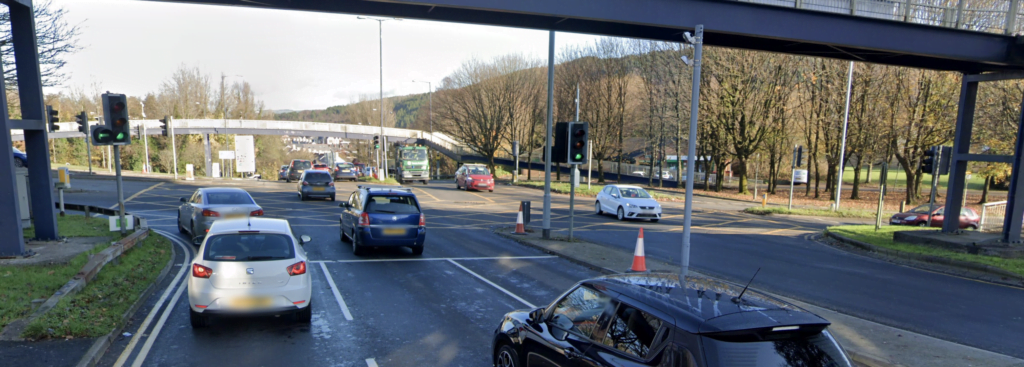
Barrister Paul Hobson, who prosecuted Operation Tilbury at Swansea Crown Court, would later describe the robbery as “an ambush by people with knowledge of the drugs conspiracy”.
And though the robbers probably thought they were doing the smart thing by taking the keys and thus ensuring their victims could not pursue them, taking the keys would be their “undoing” – and result in the police discovering the drug trafficking operation.
Courier
The events of 11.22am that Friday morning were quickly reported to police by shocked motorists at the lights, and officers were soon on the scene.
They found the immobilised VW and Shields, the driver, waiting for them – the van was, after all, registered in Alex shields name so perhaps his best option was to play the victim of a robbery.
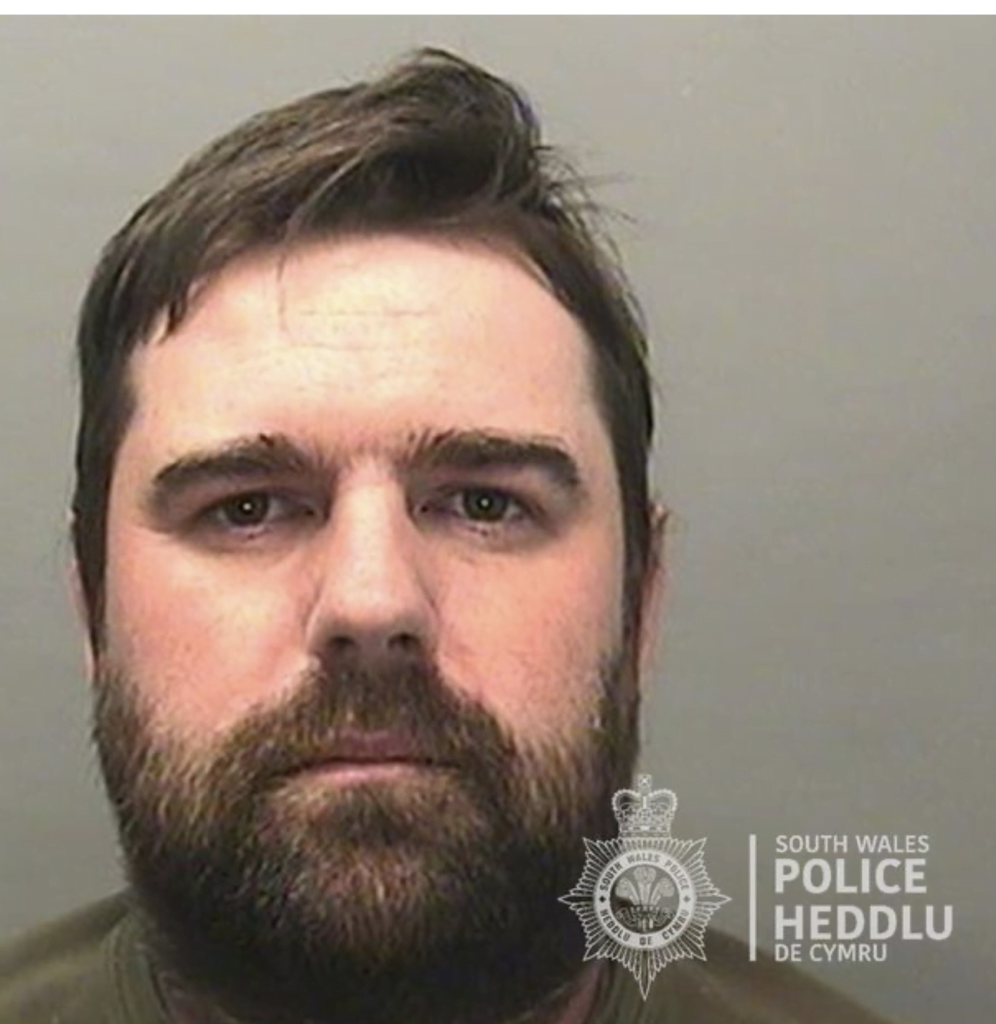
Bailey, his passenger, the man who had been holding the bag, had run away and left him to it.
After statements from witnesses were taken the van – a crime scene as far as the police were concerned – was taken to a secure garage on Swansea Enterprise Zone.
The police, of course, weren’t the only ones who were told about the robbery that morning.
Within minutes of the raid Swansea man Martin was on EncroChat and contacting a man called Ainsley Wood who, along with Bailey, was the London end of the supply operation.
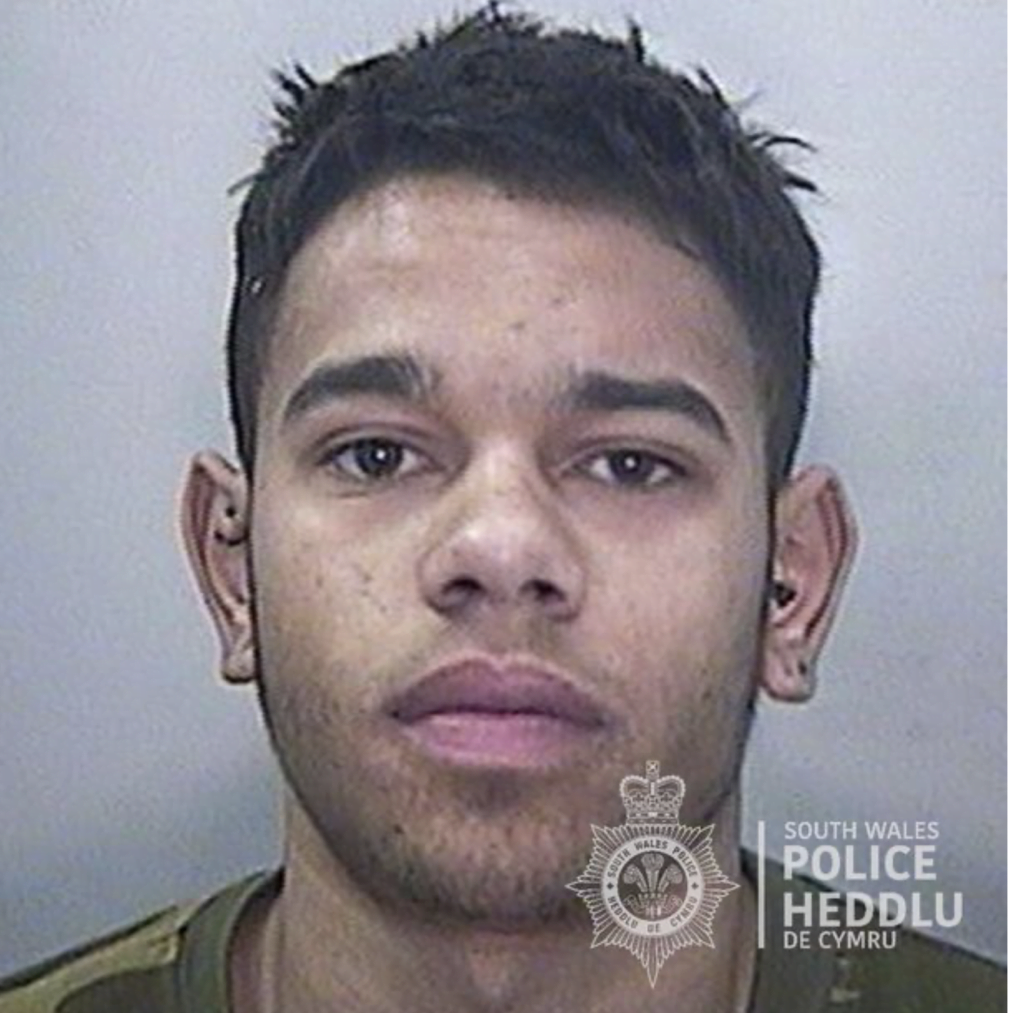
The on-the-run Bailey also contacted his associate Wood in London saying he had been “set up”.
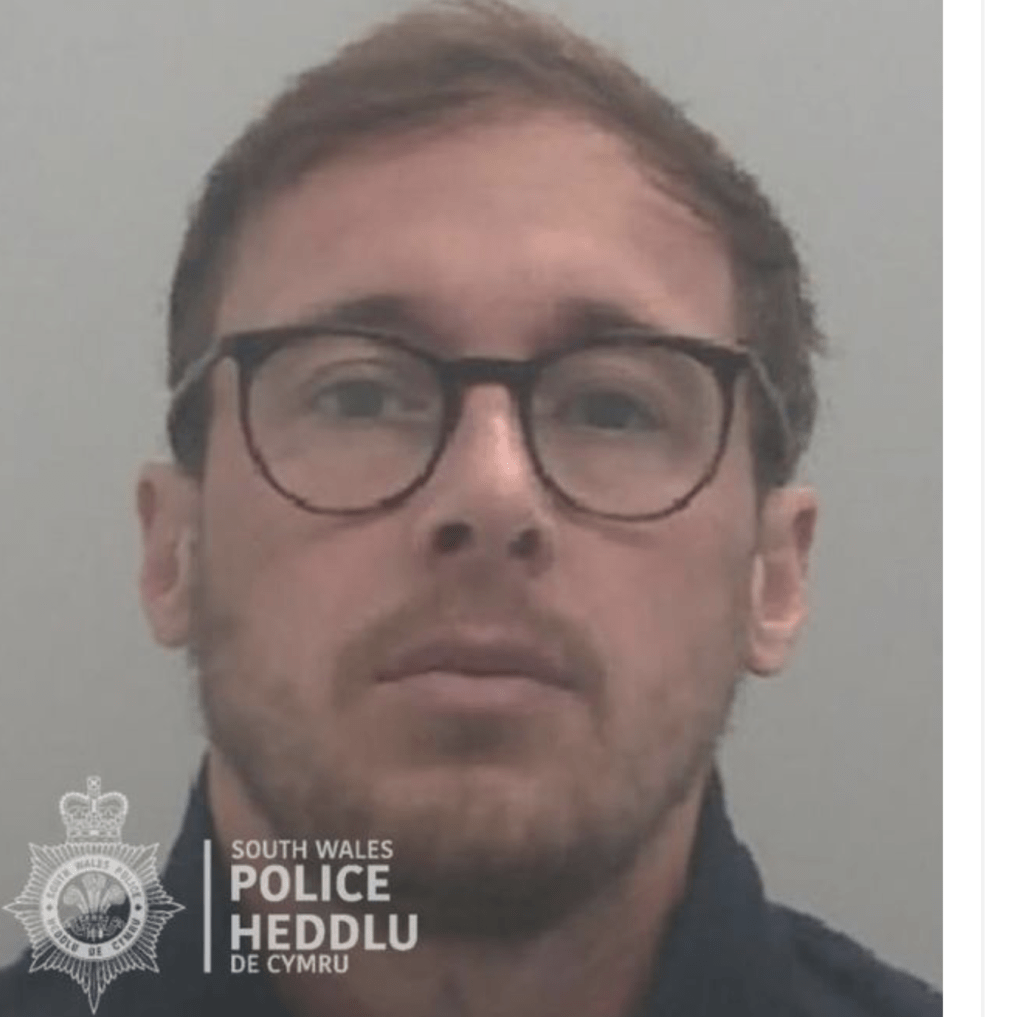
In those crucial few minutes after the robbery Martin also contacted his two business partners in Swansea, the men involved with him in buying coke from London and distributing it to street dealers in the city – Daniel Harris and Leon Ley.
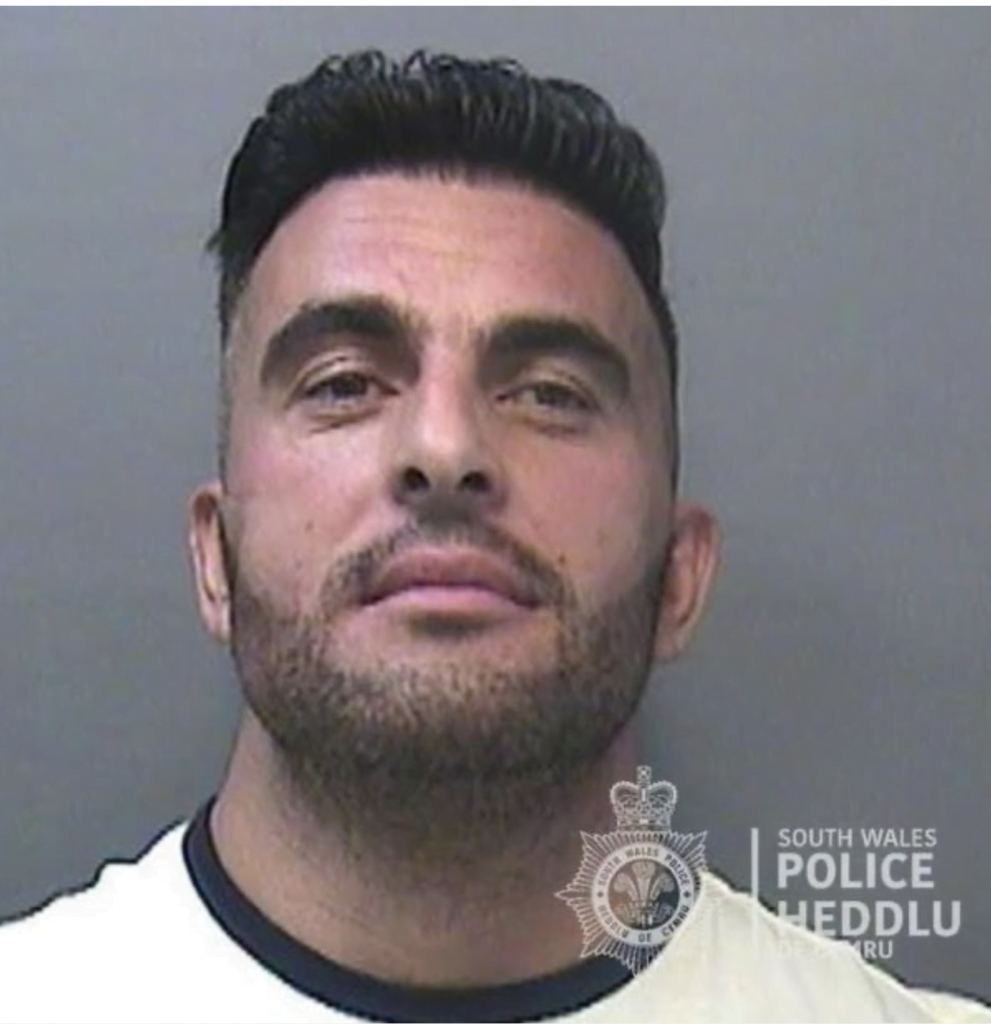
Harris would later be described in court as a “local Flash Harry” character and “the toast of SA1” who enjoyed his image of wealth – he had a detached house in Sketty, ran a car business in Sadler Street in Brynhyfryd, and had a taste for expensive vehicles and “fake bling”.
He certainly had access to cash though – when police raided his home they recovered a total of £42,000.
Leon Ley, meanwhile, was a former council grave-digger turned successful car garage owner and dog breeder.
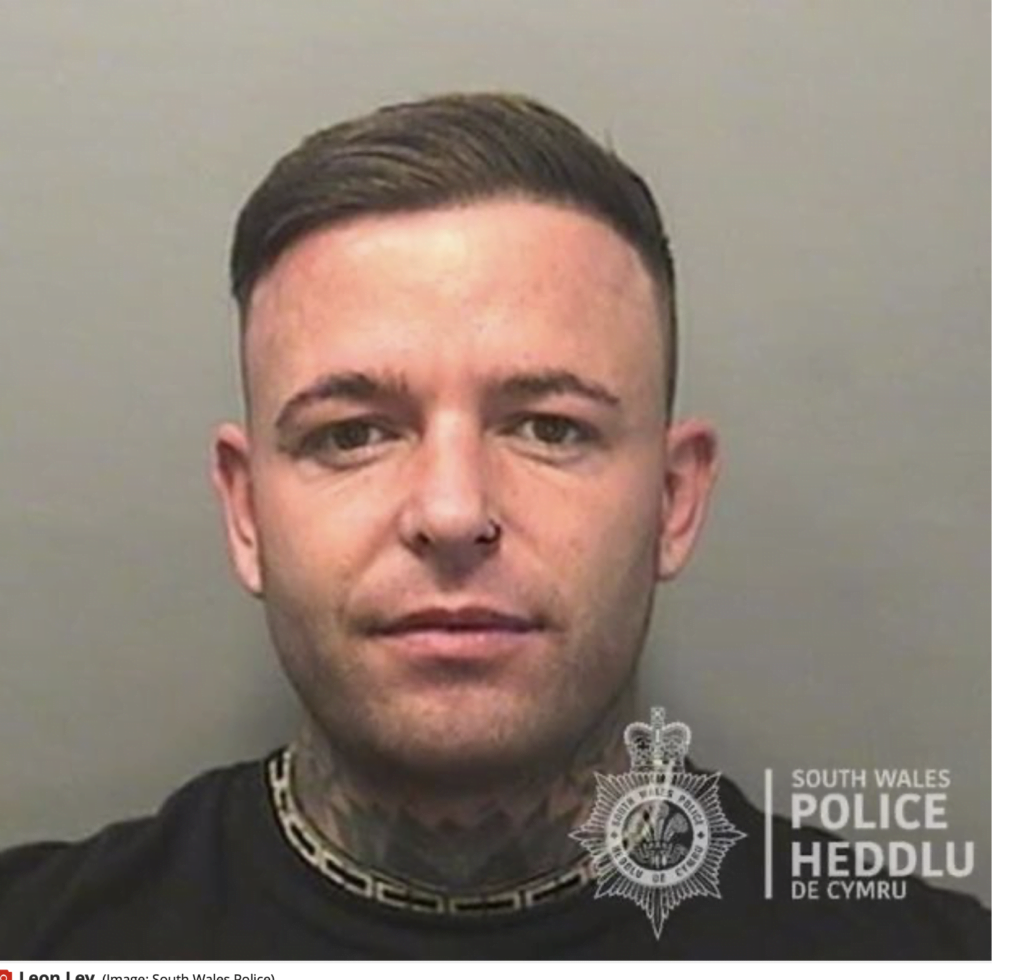
The picture which eventually emerged from Operation Tilbury was of Martin, Harris and Ley, the Swansea men with access to money and local contacts, buying large quantities of cocaine from Wood and Bailey in the London and Essex areas – in turn Wood and Bailey were buying the cocaine from other London dealers further up the chain.
Shields was the primary courier transporting the drugs to Wales.
Understandably Wood was furious at the loss of his money, and at the prospect of losing more money and a consignment of drugs if the police were to find the hidden compartment in the Caddy.
There was a stream of messages between Wood and Martin on EncroChat with the Londoner, who went by the user name “ScarecrowBoss” on the network, trying to find out what had happened and who was responsible.
Meanwhile Martin, or “OpenPanther”, was desperately trying to convince him that neither he nor his close friend Harris were involved in the heist, trying to convince him that they were not the double-crossers.
In the hours after the robbery there was talk of using a lie detector machine when interrogating suspects, and of employing members of a violent Albanian gang – referred to as “Albos” in the messages – to recover the cash, using violence and intimidation if necessary.
As pressure was applied to find the culprits, Martin effectively turned on the third member of the Swansea dealing trio, Ley, and blamed him for the robbery.
There were discussions over EncroChat about the Albos shooting Ley in the foot and torturing him until he got the money, and suggesting that pressure should also be put on his wife to make him talk.
Martin gave the London dealer Ley’s address.
Perhaps in an attempt to prove their loyalty, Martin also told Wood that he and Harris would attempt to recover the Caddy with its secret cargo.
On the Saturday morning the men – together with another male who has never been identified – travelled to the Swansea Enterprise Park compound in Harris’s van to try to get access.
It quickly became apparent that they would not be able to get at the Caddy, so the trio left the garage and their failure was reported back to London.
But their attempts to access the van had aroused the suspicion of police.
A crime scene investigator examined the vehicle and its cargo – a humble portable electricity generator – carefully.
Inside the generator she found a hidden compartment accessible only with an electronic key.
Police, of course, didn’t have the fob to open it but they did have a crowbar. In the compartment was more than a kilo of cocaine and £81,000 in cash.
Police would later find out that the cocaine was destined for Leeds, while the cash had been collected by the gang from Pontypridd.
The officers’ interest naturally then turned to the individuals in the van who had been snooping around the recovery garage that morning.
Thanks to CCTV footage, automatic number plate recognition cameras, and the van’s distinctive paint job and personalised registration it was quickly identified as belonging to Harris.
Intelligence led to the names of the other two men involved in the Swansea end of the operation, and over the weekend armed police carried out a series of raids at addresses in the city including in Carmarthen Road in Fforestfach, Vivian Road in Sketty, and Middle Road in Gendros.
Officers recovered three 3kg of cocaine and a firearm from the Carmarthen Road property.
Of course the drugs gang had not been the only ones looking for the men who “ambushed” the Caddy that Friday morning.
The black Mondeo used in the attack proved the vital clue for police – police linked the vehicle to a man called Jonathan Norris.
At the time of the robbery he was out of prison on licence after being jailed in 2018 for “charging” at PCSOs with a crowbar after they disturbed him burgling a post office in Swansea, one of more than 90 offences on his record.
Police were also able to place Norris in the vicinity of the robbery with an unusual piece of evidence – Norris was on an electronic tag as part of his release from prison, and his ankle tag “pinged” off a base station monitoring unit belonging to another tag-wearer who lived on Baptist Well Street, just yards from the Dyfatty lights.
Norris was tracked down and arrested, and later admitted being the getaway driver but did not give any more information.
The two masked men who smashed the Caddy’s windows and snatched the bag have never been positively identified.
Exactly how the robbers came by the information on the movements of the Caddy that day remains unclear.
Further enquiries, boosted by the wealth of information which became available when the EncroChat phone network was compromised and accessed, led police beyond Swansea, and further raids and arrests were carried out at locations in Bristol, Kent and London.
The investigation also found that following the Dyfatty robbery Wood, “anxious to continue in the drug supply business”, had turned his attention to ketamine and was involved in organising the transportation of more than 20kg of the drug into south Wales.
This side of his operation was taken down when police stopped his Bristol-based courier on the A470 near Cardiff with 5kg of ketamine in the boot of her car.
Operation Tilbury would eventually result in a series of sentencing hearings and a trial at Swansea Crown Court. Prosecution barrister Mr Hobson told the court that on a “conservative view” the total amount of drugs trafficked into south Wales by the gang during the course of the conspiracy was 50kg with a wholesale value of around £1.9m and a street value “considerably more than that”.
The members of the Swansea end of the drugs operation were sentenced to a total of more than 39 years in prison – with credits for guilty pleas Martin was sentenced to 12 years, Ley to 11-years-and-three-months, and Harris, who was convicted at trial and therefore had no credit, to 16 years.
Shields, the courier, was sentenced to eight-and-a-half years in prison after pleading guilty on the day he was due to stand trial.
The London end of the drugs trafficking operation was sentenced to more than 29 years – Bailey was sentenced to 13-and-a-half years in prison, and Wood to 15 years and nine months for the cocaine conspiracy, and to eight years for the ketamine conspiracy to run concurrently.
Norris, the only one of the trio of robbers caught, was sentenced to nine years in prison.
The whereabouts of the bag containing £106,000 which was stolen from the Caddy remains unknown.
On Encrochat, criminals spoke openly and negotiated their deals in granular detail, with price lists, names of customers, and explicit references to the large quantities of drugs they sold.
Police across the UK and Europe busted a wide range of criminals.
In mid-June, authorities picked up an alleged member of another drug gang.
A few days later, law enforcement seized millions of dollars worth of illegal drugs in Amsterdam.
It was as if the police were detaining people from completely unrelated gangs simultaneously.
French authorities had penetrated the Encrochat network, leveraged that access to install a technical tool in what appears to be a mass hacking operation, and had been quietly reading the users’ communications for months.
Investigators then shared those messages with agencies around Europe.
Encrochat users spreading beyond Europe to the Middle East and elsewhere. French, Dutch, and other European agencies monitored and investigated “more than a hundred million encrypted messages” sent between Encrochat users in real time, leading to arrests in the UK, Norway, Sweden, France, and the Netherlands, a team of international law enforcement agencies announced Thursday.
As dealers planned trades, money launderers washed their proceeds, and even criminals discussed their next murder, officers read their messages and started taking suspects off the street.
The messages “have given insight in an unprecedented large number of serious crimes, including large, international drug shipments and drug labs, murders, thrashing robberies, extortions, robberies, grave assaults and hostage takings.
International drug and money laundering corridors have become crystal clear,” Dutch law enforcement said.
Encrochat says it’s an “end-to-end security solution” that can “guarantee anonymity,” and that messaging using Encrochat is “the electronic equivalent of a regular conversation between two people in an empty room” for “worry free communications.”
It says that “our servers, located offshore in our datacenter, never create, store, or decrypt keys, message conversations or user data.”
There are many types of people who may want secure communications, including security professionals or lawyers.
The site states that Encrochat has resellers in Amsterdam, Rotterdam, Madrid, and Dubai, but the firm is highly secretive, and does not operate like a normal technology company.

